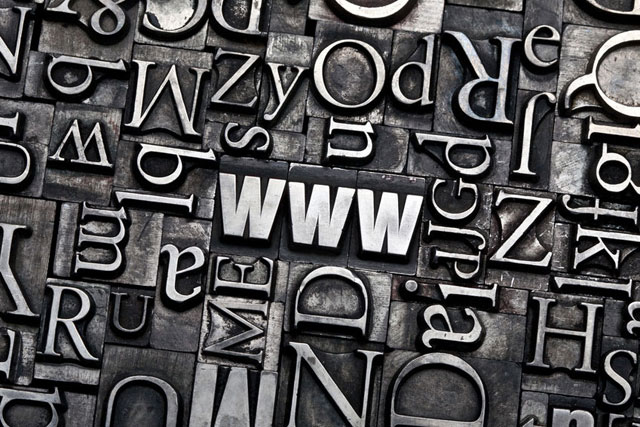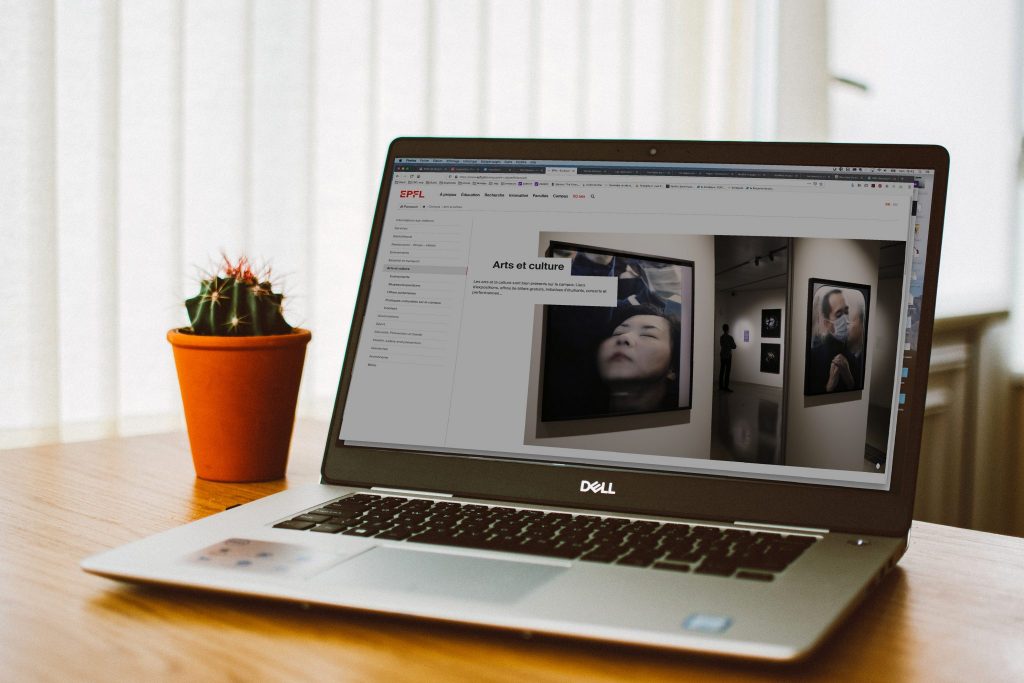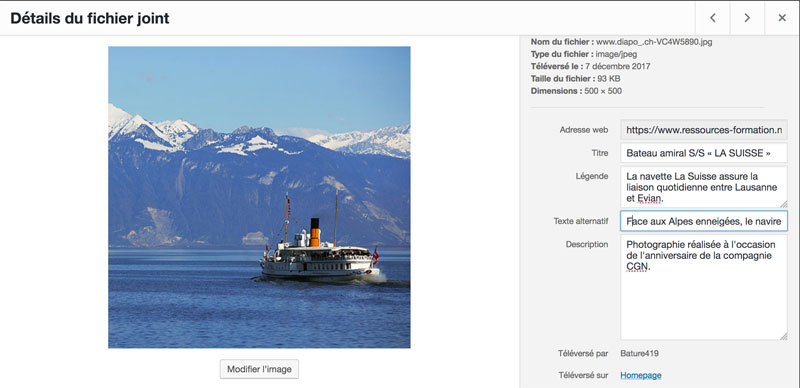The web editorial guidelines are intended to set down content production rules (texts, visuals, sounds).
The web editorial guidelines are intended to set down content production rules (texts, visuals, sounds). These principles will serve several goals:
– for people visiting the site, these guidelines form a reading guide: the guidelines feature markers that facilitate page reading and make content more readable;
– for people producing the news, the guidelines are a writing guide: the guidelines set down straightforward, easy-to-follow principles for writers to facilitate their daily work;
– for all, these guidelines set a tone, an “in-house identity” obtained by harmonising content, web pages and sites, an essential requirement given the numerous websites and web writers concerned.
EPFL is a public, federal, cosmopolitan school of international standing in Switzerland that trains engineers and architects, employs scientists and encourages technology transfers into the economy for the good of society as a whole. Its three missions are education, research and innovation.
EPFL has a duty to be transparent and to communicate to the public. The three prime values of the School are excellence, the transmission of scientific knowledge and service to the community.
This position and these values are the foundations on which EPFL’s editorial policy is built:
– the purpose of communication is to inform. It is focused on the reader’s interests;
– information is based on facts;
– the content is descriptive and explanatory but does not exclude emotion;
– the tone is impartial without being bland: the goal is to narrate science, not to make it uninteresting;
– the tone and language are adapted to the content and target audience;
– academic freedom and freedom of speech are guaranteed for researchers and students; EPFL informs through scientific data;
– the approach is non-partisan: EPFL’s research results can (and must) fuel political debate and it is EPFL’s duty to share them. However, as an institution EPFL avoids taking a political stance;
– EPFL promotes gender equality and the respect of minorities;
– sources are always credited.
EPFL’s three missions (education, research and innovation) are cultivated. The articles cover the entire spectrum of the school’s activities.
EPFL is careful not to present the future impact of the results of its research in an overly optimistic light. It tells the story of science in a way that is understandable and interesting to the different audiences, without making unrealistic promises.
It seeks to make a connection between news and society where this is justified.
EPFL can take a critical view of science and research including that which takes place within its own walls.
Content is translated into two languages (French and British English) with the exception of that intended for a specialised scientific audience.
EPFL is committed to open science accessible to all. It places its content at the disposal of all media and journalists free of charge. Copyright rules must be respected by appropriately crediting EPFL. The public or any person wishing to be informed has access to this content through EPFL’s website. Some information, in particular for reasons of confidentiality (embargoes) may, however, be reserved for the media.
EPFL publishes news in a non-exhaustive manner, according to an editorial policy based on the following criteria: importance of the news, interest for the various audiences, originality of the news.
Error is human: the publishers validate the information provided before releasing news. In the event of an error, EPFL undertakes to keep a trace of it and to correct the error in question as soon as possible.
For any format and writing questions, please refer to EPFL’s web writing guidelines.

Writing fo the web implies a thorough understanding of the internet users’ reading practices, information needs and expectations.

Writing for the web means keeping a constant watch on readibility, usability, media complementarity and relevant interactivity.

The recommendations and general provisions on the use of the various social networks for and within EPFL are shown below.

Hypertext links provide access to further reading and are greatly appreciated by internet users. Interactivity has its own rules which must be obeyed.


